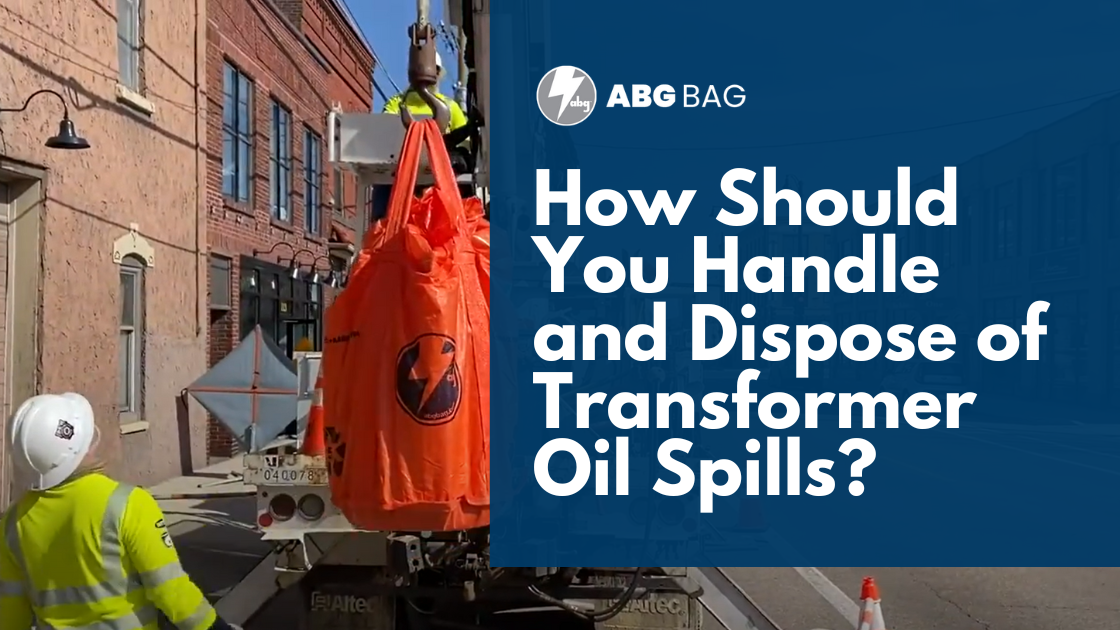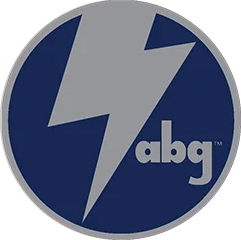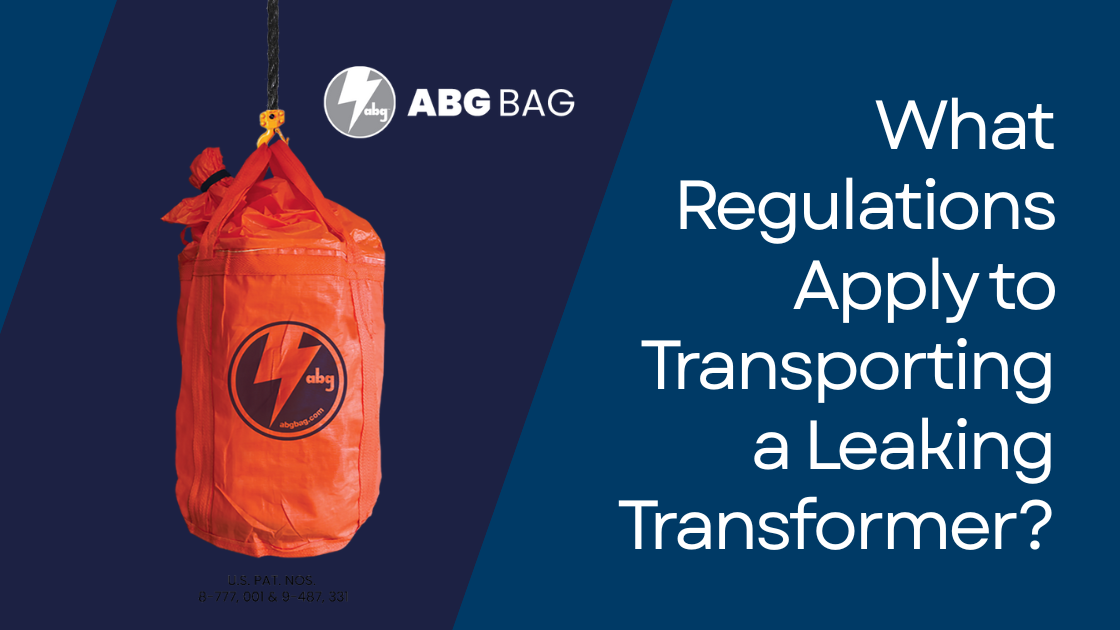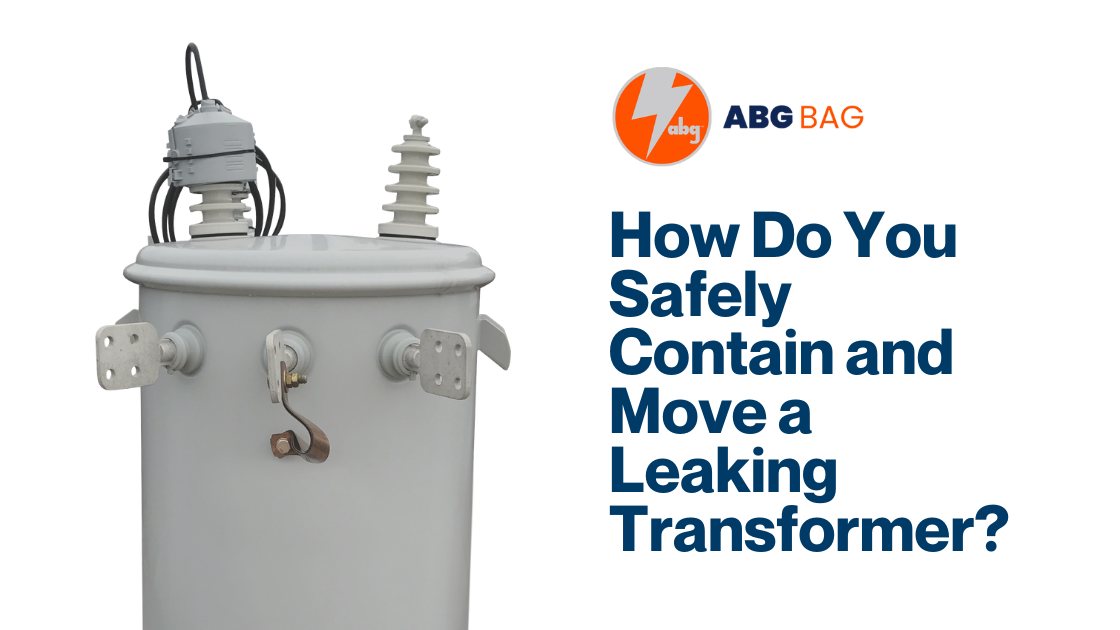
How Should You Handle and Dispose of Transformer Oil Spills?
Transformer oil plays a critical role in keeping electrical equipment functioning safely and efficiently. However, leaks or spills present a serious environmental and safety challenge. Proper handling and disposal of transformer oil spills is essential to protect personnel, comply with regulatory requirements, and minimize environmental impact. Whether addressing a minor leak or responding to a significant transformer failure, deploying the right containment systems and following approved cleanup procedures is vital.
Understanding the principles of transformer spill containment, hazardous material transport, and transformer oil containment transport ensures that leaking transformers are managed safely and effectively. Proper handling is also critical for regulatory compliance, particularly when dealing with older equipment that may contain PCBs or other potentially hazardous substances.
Immediate Response to a Transformer Oil Spill
The first step in handling transformer oil spills is rapid assessment and containment. Delays can increase environmental risk, complicate cleanup efforts, and elevate regulatory liability. The following steps should be followed immediately after a leak is detected:
1. Assess the Spill
Evaluate the size, location, and potential environmental impact of the leak. Identify any nearby soil, water, or drainage systems that could be affected. This assessment helps determine the type of containment and cleanup equipment needed.
2. Deploy Transformer Containment Systems
Using the right transformer leak containment system is essential. Portable transformer containment bags, flexible berms, and lined basins provide immediate barriers to prevent oil from spreading. Multi-layer solutions, such as combining containment bags with absorbent pads, increase the likelihood that all oil will be captured before it reaches soil or water.
3. Prevent Environmental Migration
Ensure that spilled oil does not flow into storm drains, nearby waterways, or surrounding soil. Proper transformer spill containment is the most effective way to reduce environmental damage and simplify subsequent cleanup.
For a deeper understanding of proper containment during leaks, review Hazardous Material Handling For Transformer Oil Spills.
Cleanup and Recovery Procedures
Once containment is in place, the next step is to safely recover the spilled transformer oil. This process includes:
Absorbents and Spill Kits
Use oil-only absorbents such as pads, pillows, and granular materials to capture residual oil. Spill kits complement primary containment solutions by addressing drips, small leaks, and areas that may not be fully covered by portable transformer containment systems.
Safe Material Handling
All recovered oil and contaminated materials should be carefully transferred into sealed, approved containers. Avoid direct skin contact with transformer oil, and ensure proper handling according to hazardous material protocols.
Decontamination
Equipment, tools, and surfaces that may have come into contact with transformer oil should be cleaned thoroughly. Decontamination prevents secondary contamination and ensures that the worksite remains safe for personnel and other operations.
Disposal of Transformer Oil and Contaminated Materials
Proper disposal of spilled transformer oil is critical to meeting federal and state regulations. Disposal practices vary depending on whether the oil contains hazardous substances such as PCBs:
Regulatory Compliance
Transformer oil, particularly when contaminated with PCBs or other hazardous compounds, must be disposed of in accordance with EPA, DOT, and state environmental regulations. Licensed hazardous waste facilities typically handle the collection, transport, and processing of used or contaminated oil.
Documentation
Keeping accurate records of the containment, cleanup, and disposal processes is essential. Documentation supports regulatory compliance, aids in environmental reporting, and can be valuable in case of inspections or audits.
Safe Transport
Transporting contaminated oil from the spill site to a storage or disposal facility requires proper transformer containment for transport. Portable transformer containment solutions, including spill containment bags and liners, ensure that oil remains contained throughout transit. This step is especially important during hazardous material transformer transport.
Preventing Secondary Spills
Even after initial containment and cleanup, there is still a risk of secondary spills during lifting, staging, or transport of the affected transformer. To minimize this risk:
- Use sealed portable containment systems when lifting or relocating the transformer.
- Employ modular berms or transport liners beneath the transformer.
- Inspect containment systems and tie-downs before and during transport.
- Train personnel in proper hazardous material handling and emergency response procedures.
These precautions ensure that transformer oil does not escape during routine handling or emergency relocation, maintaining a safe work environment and preventing environmental contamination.
Worker Safety and PPE
Personnel handling transformer oil must use appropriate personal protective equipment (PPE) to prevent chemical exposure, slips, and other hazards. Recommended PPE includes:
- Chemical-resistant gloves
- Oil-resistant clothing or aprons
- Goggles or face shields
- Respirators if fumes are present
- Slip-resistant, chemical-resistant boots
Following proper safety protocols in combination with portable transformer containment systems ensures that both workers and the environment remain protected during cleanup.
Benefits of Proper Handling and Disposal
Proper transformer oil spill management provides multiple benefits:
- Environmental Protection: Reduces the risk of soil and water contamination.
- Regulatory Compliance: Helps meet hazardous material transformer transport and disposal regulations.
- Reduced Costs: Capturing and containing oil prevents expensive cleanup and potential fines.
- Worker Safety: Minimizes direct contact with hazardous materials and reduces the risk of accidents.
Proper transformer containment and oil spill containment strategies are key to achieving these benefits, ensuring that spills are handled efficiently and safely.
Integrating Containment Into Transport Operations
For transformers that must be relocated after a leak, integrating portable transformer containment into transport operations is critical. Proper planning, deployment of containment systems, and adherence to hazardous material transformer transport regulations allow for secure, spill-free movement of the equipment.
For detailed guidance on moving leaking transformers safely, review How To Contain And Transport Leaking Transformers Safely.
Handling and disposing of transformer oil spills requires careful planning, appropriate equipment, and strict adherence to regulatory standards. From immediate containment with portable transformer containment systems to recovery, decontamination, and safe transport, every step is critical to reducing environmental impact and protecting personnel.
Transformer oil spill containment solutions ensure that leaking transformers are managed effectively, whether on-site or in transit. By combining proper tools, trained personnel, and compliance-focused procedures, organizations can minimize risk and maintain operational safety.
If you need expert guidance or proven equipment for transformer spill containment, transformer leak management, or hazardous material transformer transport, ABGBAG can help.
Call 800-758-8079 or contact ABGBAG online.
Do You Have Questions?
For inquiries about our products, order status, or any other information related to ABG Bag Inc., send us a message, and we will respond soon.
Sales & Customer Care
Product Questions







